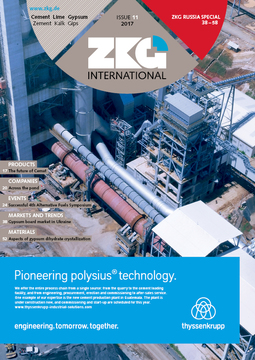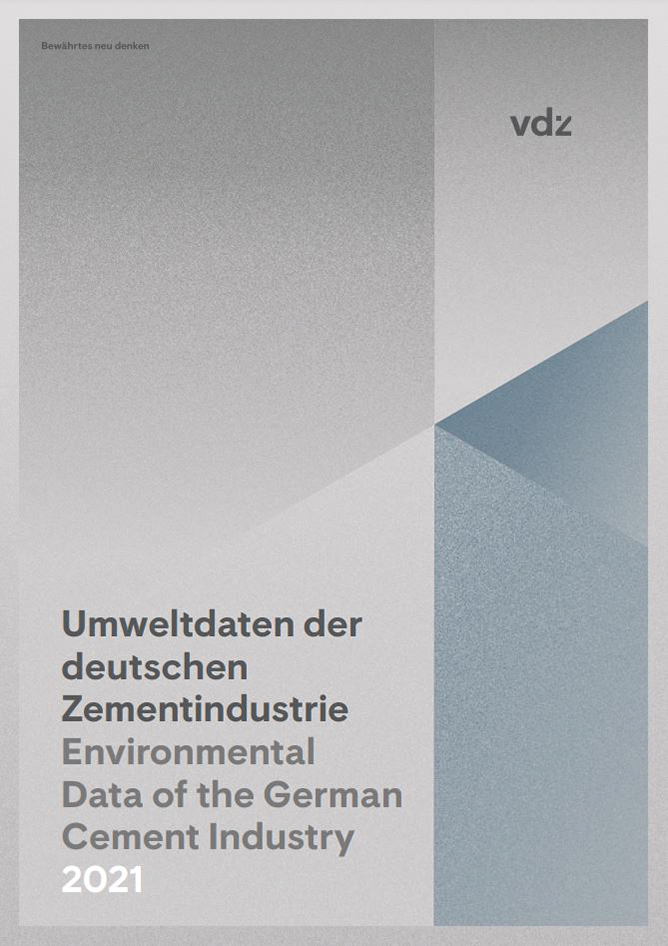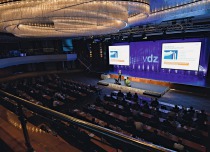Cement industry 2016: high investments in environmental protection
The now available environmental data of the German cement industry 2016 show that last year German cement manufacturers once again invested decisively in plant optimisation. This keeps them in a leading role worldwide in terms of environmental compatibility, alternative fuels and plant energy efficiency. “Where exhaust gas cleaning is concerned, German cement manufacturers have kept up their commitment. They are currently investing around € 450 million especially in measures to cut NOx emissions”, says Christian Knell, President of the German Cement Works Association e.V. (VDZ).
Action to reduce NOx emissions on the one hand comprises primary abatement measures such as optimisation of plant operation. On the other, extensive research is undertaken to test innovative exhaust gas cleaning technology under the particular conditions applicable during cement production. As a result, what is referred to as SCR technique has been brought to industrial maturity. Also, ongoing optimisation of cement production has resulted in the specific fuel consumption dropping to 2763 MJ/t cement in 2016 (1994: 3000 MJ/t cement).
In terms of reducing CO2 emissions, the cement industry has also achieved impressive progress. In 2016, fuel energy obtained from conventional fossil fuels dropped to as low as 35.2 %. Overall, the share has been cut by more than half since 2000 (74.3 %). In addition, all cement manufacturers are investing in the development of clinker-efficient cements that produce a smaller CO2 footprint than classic Portland cements.
On top of this, German cement manufacturers and their European partners from industry and science have now for six years been researching suitable methods for separation, storage and use of CO2 (carbon capture and storage, carbon capture and utilisation). The result is that CO2 capture can now be tested at industrial scale. “Even though the cement industry will be shouldering a significant share of investments, it is of decisive importance that the project obtains external research grants”, Knell says. Increased costs for CO2 separation must not ultimately jeopardise the competitive power of domestic cement manufacturers or lead to undesirable carbon leakage effects.
//www.vdz-online.de" target="_blank" >www.vdz-online.de:www.vdz-online.de/en




